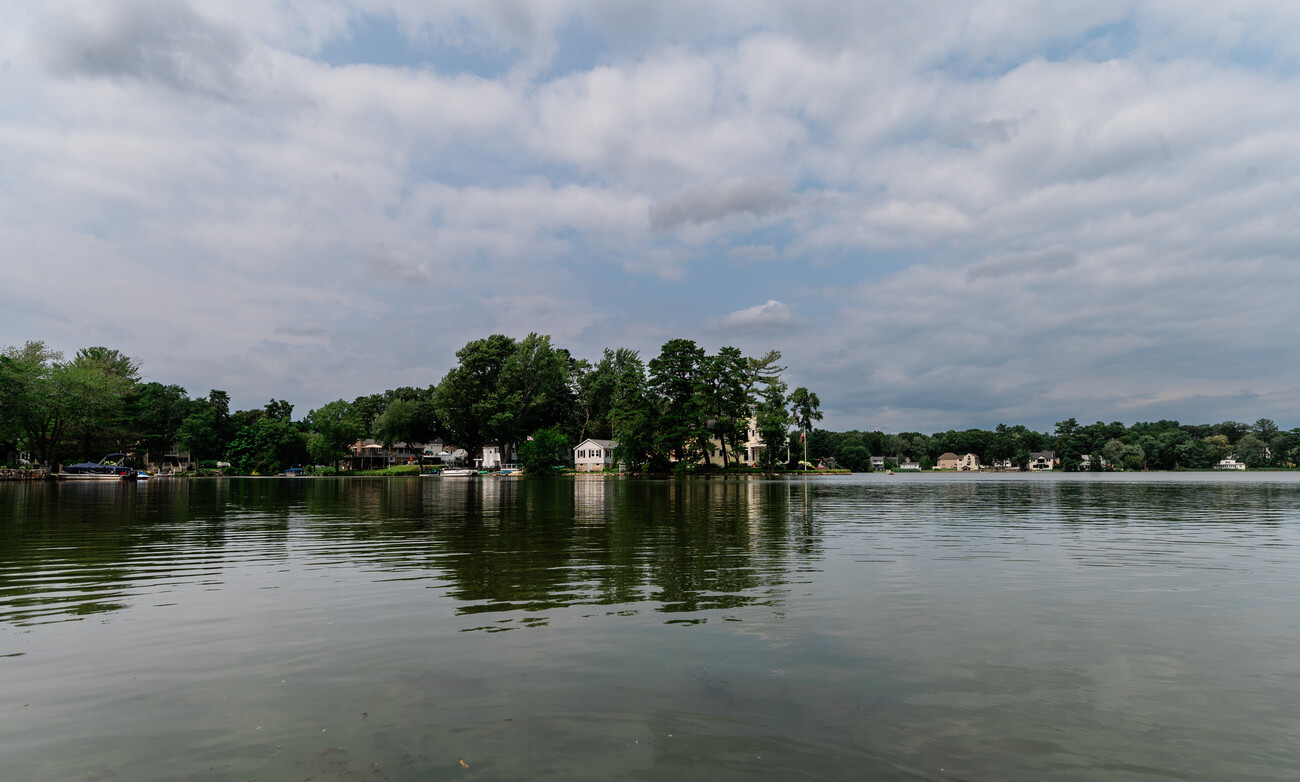
 press-releases
press-releases 
TRC Companies, which has been hired by the Town of Lynnfield to evaluate options for Pillings Pond’s restoration, presented lab samples from the pond and the next steps regarding the dredging project, including assessing funding options for it, at a recent Conservation Commission meeting.
According to TRC Companies’ dredge feasibility analysis, “Pillings Pond’s open water habitat value and recreational value has likely been impacted and could significantly be improved by deepening the water depth, specifically in the northwestern section of the pond,” as the area behind the dam accumulates sediment and debris that flows into the pond, and there is buildup from the growth and decay of plants and organic material.
“The shallower water depths in the northern areas of the pond appear to be causing increased suspended solids that are constantly stirred up when boats and vessels navigate this area,” the report from February reads.
At the commission’s meeting, TRC Companies Staff Scientist James Treacy said that existing conditions at the pond include shallow water depths in the northwestern section of the pond, turbid waters that are “not clear at all,” and algal blooms.
“It’s excessively mucky in that northwestern section of the pond,” Treacy said.
TRC Companies has also taken lab samples and found that sediment results are “overall relatively clean,” despite exceedances of arsenic compared to Massachusetts Contingency Plan’s standards. The plan indicates that the standard is 20 milligrams of arsenic per kilogram, and two core areas of the pond have concentrations of 21.5 mg/kg and 27.3 mg/kg.
“The implications of arsenic would ultimately be determined through the next phase of the project, which would be with the Massachusetts Department of Environmental Protection,” Treacy said.
For the project, Treacy said that TRC Companies would need to consider surrounding tributaries and wetlands, including the Reedy Meadow conservation area, which is listed as a priority habitat of rare species in the state Division of Fisheries and Wildlife’s Natural Heritage and Endangered Species Program.
“We would likely need to consult with them about any discharging of water or potential turbid water… We would have to discuss with them what their guidance would be,” Treacy said.
According to the analysis, the cost of dredging the priority area in the northwestern section of the pond would be between $14 million and $28 million, assuming it is done through dry dredging.
“The recommendations and next steps for going forward with a project like this would be an assessment of the specific scope and extent of the dredging program, including possible funding options,” Treacy said.
Treacy also said that the company can tailor its designs to whatever the town wants.
“So if it’s going to be a $5 million project, or $10 million, or $15 million. I we just know that number and we know how much sediment there is and what could work, we could then come up with a plan based off of what the funding would be,” Treacy said.
24World Media does not take any responsibility of the information you see on this page. The content this page contains is from independent third-party content provider. If you have any concerns regarding the content, please free to write us here: contact@24worldmedia.com